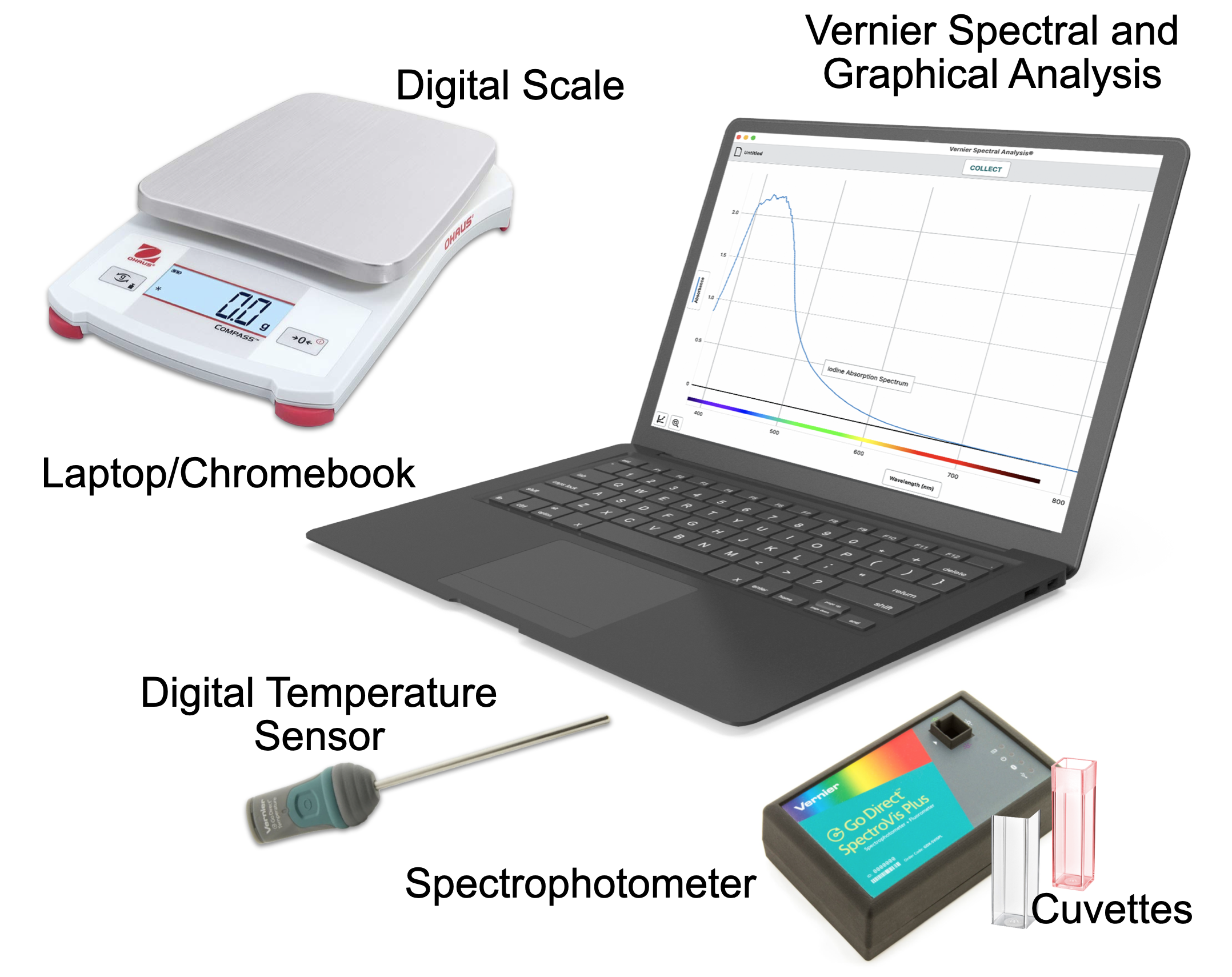Teacher Portal
Chemical Reactions
CELL Guide
CELL Guide
Chemical Reactions

LabLearner’s 3-D Approach to Scientific Inquiry
Phase 1 – Defined Understanding
The defined boundaries of this phase provide a framework for engaging parents and identifying students’ current knowledge of the topic(s) being explored.
Phase 2 – Dynamic Understanding
Change, activity, and progress characterize the dynamic phase. Its design will enable you to enhance students’ existing skills, interests, and understanding, as well as meaningfully build new ones.
Phase 3 – Deeper Understanding
By this point, students have moved through powerful and purposeful tasks that had them actively and intentionally construct an understanding of concepts. In this final phase, students will consolidate knowledge and make deeper connections among ideas.
Phase 1 – Defined Understanding
► Questions to Investigate in this CELL
- In a chemical reaction, what is the relationship between the amount of reactants and the amount of products?
- In a chemical reaction, do the amounts of the reactants affect the amounts of products produced?
- How does the Law of Conservation of Matter relate to chemical reactions?
► Parent Newsletter
Encourage parents to connect to their child’s learning by providing them with a framework of the CELL. Use this link to access the Parent Newsletter.
► Baseline Assessment
Assess students’ current knowledge of the topic(s) being explored then set instructional and student learning goals. Use this link to schedule then invite students to take the Pre-test for the CELL.
Phase 2 – Dynamic Understanding
► Introduction and Fun Facts
Enhance your conceptual understanding by reading the student-level research on the topic(s) being explored. Use this link to access the research.
_________________________________________
► Links to Investigations
Go directly to the Investigation you are working on by clicking on a link below:
► Investigation 1
► Investigation 2
► Investigation 3
► CELL Vocabulary
- Chemical reaction: occurs when chemical reactants are converted into chemical products
- Reactant: a chemical compound that is consumed in a chemical reaction
- Product: a chemical compound that is produced in a chemical reaction
- Formula: a description of a chemical compound using the letter designations of the elements
- Chemical equation: Describes a chemical reaction by indicating the formulas of all reactants and products
- Yield: the amount of a product produced by a chemical reaction compared to the amount of reactant
- Calorimeter: an insulated container that prevents a chemical reaction from gaining heat from its surroundings or losing heat to its surroundings
- Chemical bonds: the forces between atoms that hold those atoms together to form compounds
- Atoms: the smallest particle of matter that still retains the properties of an element
- React: when reactants interact to form products – It always requires the breaking and reforming of chemical bonds
- Matter: anything with mass and volume
- Law of Conservation of Matter: matter cannot be created nor destroyed
- Consumed: when a reactant is converted to a product
- Unreacted: when a reactant is not converted to a product
- Rate: the quantity of reactants consumed or the quantity of products produced during a specific time period
- Wavelength: the distance between two adjacent crests or two troughs of a transverse wave of electromagnetic radiation
- Nanometer: wavelength is usually expressed in nanometers – A nanometer is a metric unit of length that equals 10-9 meters. 1,000,000,000 nanometers is equivalent to one meter.
- Spectrophotometer: an instrument that can quantitate the amount of light of a specific wavelength that is absorbed by a chemical compound
- Absorbance: the ability of a chemical compound to take in electromagnetic radiation of a specific wavelength – The energy of a specific wavelength, when absorbed, is dissipated in the electrons of the chemical compound.
- Catalyst: a chemical that accelerates a chemical reaction without being consumed in the reaction
► Access Scoring Rubric
Examine the scoring rubric for this CELL so that you know what your teacher is looking for in terms of performance.
Tips for Success:
Google Classroom
Phase 3 – Deeper Understanding
►Deep Analysis
These questions can be used to elicit in-depth discussions based on the lab experience. Teachers may use any or all of these discussion points depending on the time available.
►CELL Summary
Review the key ideas and learning goals for the CELL via this link.
► Summative Assessment
Evaluate student learning at the end of the CELL by comparing the Summative Assessment to students’ Baseline Assessments.

